The national flag of Montenegro stands as a powerful emblem of the nation's rich history, enduring spirit, and deep-seated aspirations for independence. Adopted on July 12, 2004, and officially reinstated after the declaration of independence in 2006, it features a striking design: a red field bordered by a narrow golden-yellow stripe, with the magnificent Montenegrin coat of arms centrally placed. This flag is not merely a piece of fabric; it is a canvas upon which centuries of struggle, resilience, and cultural heritage are vividly depicted, making it a profound symbol of Montenegrin identity in the modern world.
Dimensions, Colors, and Arrangement of Elements: The dimensions and arrangement of elements on the Montenegrin flag are precisely defined, contributing to its distinct and regal appearance.
-
The flag has a width-to-length ratio of 1 to 2, making it a relatively elongated banner.
-
The main field is a deep, vibrant red.
-
This red field is bordered on all four sides by a golden-yellow stripe, whose width is specified as 1/20th of the flag's height. This golden border frames the red field, giving the flag a distinguished and ancient feel, reminiscent of royal standards.
-
Centrally positioned on the red field is the large, elaborate coat of arms of Montenegro.
-
The coat of arms itself features a golden double-headed eagle in flight, holding a golden scepter in its right talon and a blue-green orb (globus cruciger) with a golden cross in its left talon. Above the eagle's heads, a golden crown is depicted. On the eagle's chest, a blue shield with a golden lion passant on a green field is displayed.
-
The specific colors used are crucial for its visual impact and symbolic accuracy: the red is often specified as Pantone 186C, the golden-yellow as Pantone 117C, and the blue in the orb and shield as Pantone 301C or 118C, while the green in the shield is CMYK 71-22-100-5. These precise specifications ensure consistency and respect for the national symbol.
History of the Flag's Creation and Adoption: The history of the Montenegrin flag is a tapestry woven with threads of ancient kingdoms, ecclesiastical rule, and modern state-building.
-
The double-headed eagle, a central element of the current flag's coat of arms, has roots in Byzantine heraldry and has been a symbol of state and church unity in the region since the Nemanjić dynasty in medieval Serbia, later adopted by the ruling Petrovic-Njegoš dynasty in Montenegro.
-
For centuries, various banners and war flags were used, often featuring the white double-headed eagle on a red background. One notable historical flag was the Alaj-barjak (Great Flag), used by Montenegrin rulers.
-
Prince-Bishop Petar I Petrović-Njegoš (late 18th – early 19th century) famously used a red banner with a white double-headed eagle.
-
During the Principality and later Kingdom of Montenegro under Nikola I Petrović-Njegoš, a red-blue-white tricolour was adopted in 1905, echoing Pan-Slavic colors, with the state coat of arms in the middle of the blue stripe. This tricolour represented the close ties to other South Slavic nations, particularly Serbia.
-
After Montenegro was incorporated into the Kingdom of Serbs, Croats, and Slovenes (later Yugoslavia) in 1918, it lost its independent state symbols.
-
During the socialist era within Yugoslavia, Montenegro adopted a flag based on the Pan-Slavic tricolour (red-blue-white) but with a red star in the center, signifying its socialist alignment.
-
As Yugoslavia began to disintegrate in the early 1990s, Montenegro initially reverted to a flag without the star. However, as the push for full independence intensified, there was a growing desire to distinguish Montenegro’s symbols from those of Serbia.
-
The current flag design was officially adopted on July 12, 2004, by the Parliament of Montenegro, at a time when Montenegro was still part of the State Union of Serbia and Montenegro. This adoption was a clear signal of Montenegro's intention to re-establish its distinct statehood and embrace its pre-Yugoslav royal heritage.
-
Following the referendum on independence in May 2006, and the subsequent declaration of independence on June 3, 2006, the newly independent Republic of Montenegro formally confirmed this flag as its national emblem, cementing its place as a symbol of renewed sovereignty.
Symbolism and Meaning for Residents: The symbolism of the Montenegrin flag is multifaceted and deeply significant to its citizens.
-
The dominant red field represents the courage, valor, and blood shed by generations of Montenegrins in defense of their freedom and statehood. It is a tribute to their indomitable spirit and a reminder of their long history of resistance against various empires.
-
The golden-yellow border symbolizes sovereignty, prosperity, majesty, and the rich cultural and historical heritage of Montenegro. Gold has always been associated with royalty and divine authority, reinforcing the flag’s connection to the historical Montenegrin monarchy and its noble lineage.
-
The central coat of arms is the most complex and symbolic element.
-
The golden double-headed eagle, facing both East and West, signifies Montenegro's unique position at the crossroads of different civilizations and its historical ties to both Byzantine and Western European influences. It also represents the unity of state and church (or temporal and spiritual power).
-
The scepter and orb held by the eagle symbolize temporal and spiritual authority, reinforcing the notion of a sovereign and divinely guided nation.
-
The lion passant on the blue shield, derived from the coat of arms of the historical Montenegrin ruling dynasties, particularly the House of Petrović-Njegoš, represents strength, valor, justice, and the ruling power.
-
The crown above the eagle further emphasizes the country's royal heritage.
-
Together, these elements articulate a narrative of a proud, independent, and resilient nation with a profound sense of its own historical continuity and unique identity.
For the inhabitants of Montenegro, the flag holds immense emotional and patriotic significance. It is not merely a state emblem but a cherished representation of their national pride, independence, and the sacrifices made to achieve it. On national holidays such as Statehood Day (July 13th) and Independence Day (May 21st), the flag is prominently displayed across the country, adorning public buildings, private homes, and even vehicles. It serves as a unifying symbol, transcending regional and ethnic differences within the diverse Montenegrin society. The flag is a constant reminder of their rich history, their enduring struggle for freedom, and their determination to build a prosperous future. In international sporting events, cultural festivals, and diplomatic gatherings, the Montenegrin flag is waved with fervor, signifying the nation's presence on the global stage and the collective spirit of its people. It instills a sense of belonging and collective identity, fostering patriotism and respect for the nation's heritage. The flag is often seen at family celebrations, traditional events, and even funerals, underscoring its deep integration into the cultural fabric of Montenegrin life.
Interesting Facts: Interesting facts about the Montenegrin flag add depth to its narrative.
-
One notable fact is its relatively recent official adoption in 2004, making it one of Europe's newer national flags, despite its design being rooted in centuries of Montenegrin heraldry.
-
The 1:2 aspect ratio is quite distinctive among national flags, which often adhere to a 2:3 or 3:5 ratio, contributing to its unique visual identity.
-
The historical evolution from various war banners and princely standards to the modern flag reflects Montenegro's complex journey from a semi-independent principality to a fully sovereign state.
-
The golden border, rather than being a simple fringe, is an integral part of the flag's design, explicitly defined in its legal specifications, setting it apart from many other flags.
-
Furthermore, while the current flag is distinctly different from the Pan-Slavic tricolours used during the Yugoslav era, it deliberately recalls the historical royal standards of the Petrović-Njegoš dynasty, subtly linking modern Montenegro to its rich monarchical past.
-
The eagle on the coat of arms, with its dual orientation, is often seen as representing Montenegro's historical balance between Eastern Orthodoxy and Western European influences, a reflection of its geopolitical position over centuries. This flag, therefore, serves as a dynamic symbol, constantly reinterpreting its historical roots in the context of modern national identity.
In the demonstration images, full-size flags are shown with proportions of 2:3, and hand-held flags with proportions of 1:2.


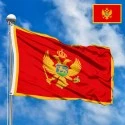
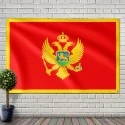
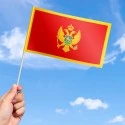


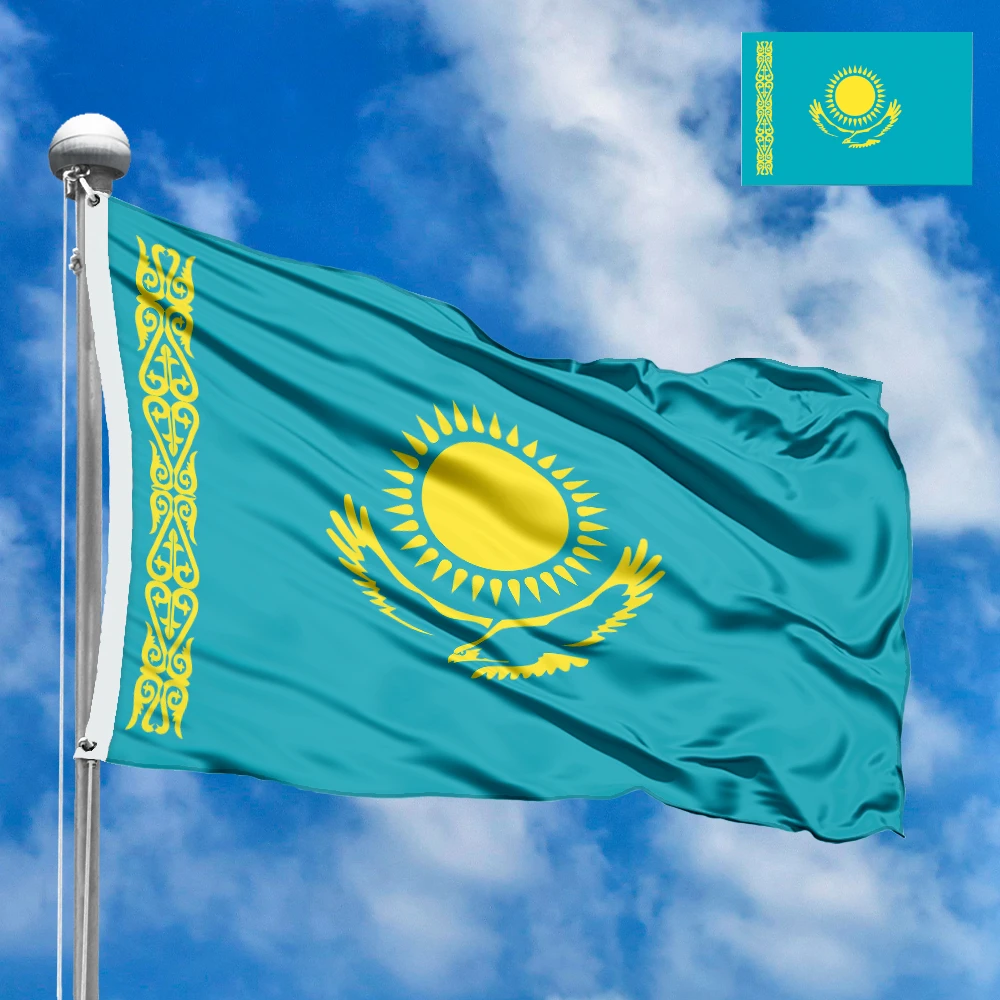

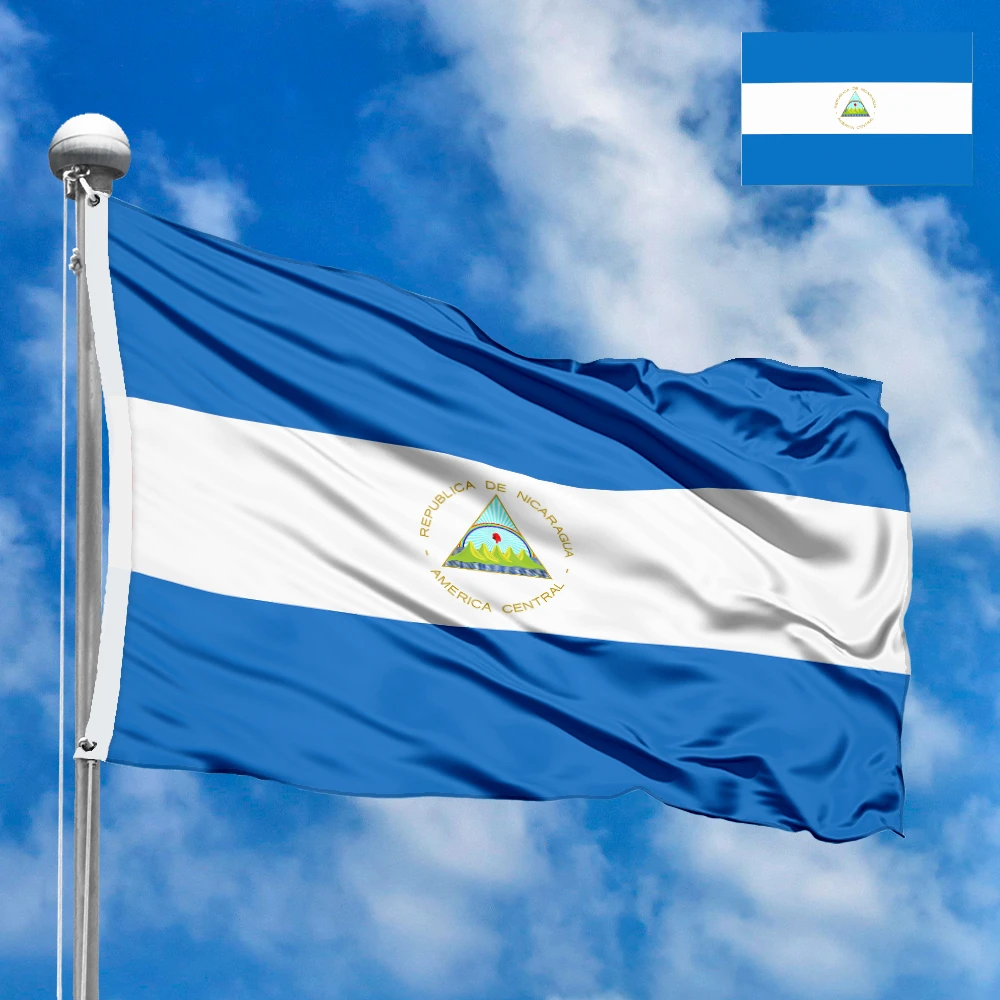
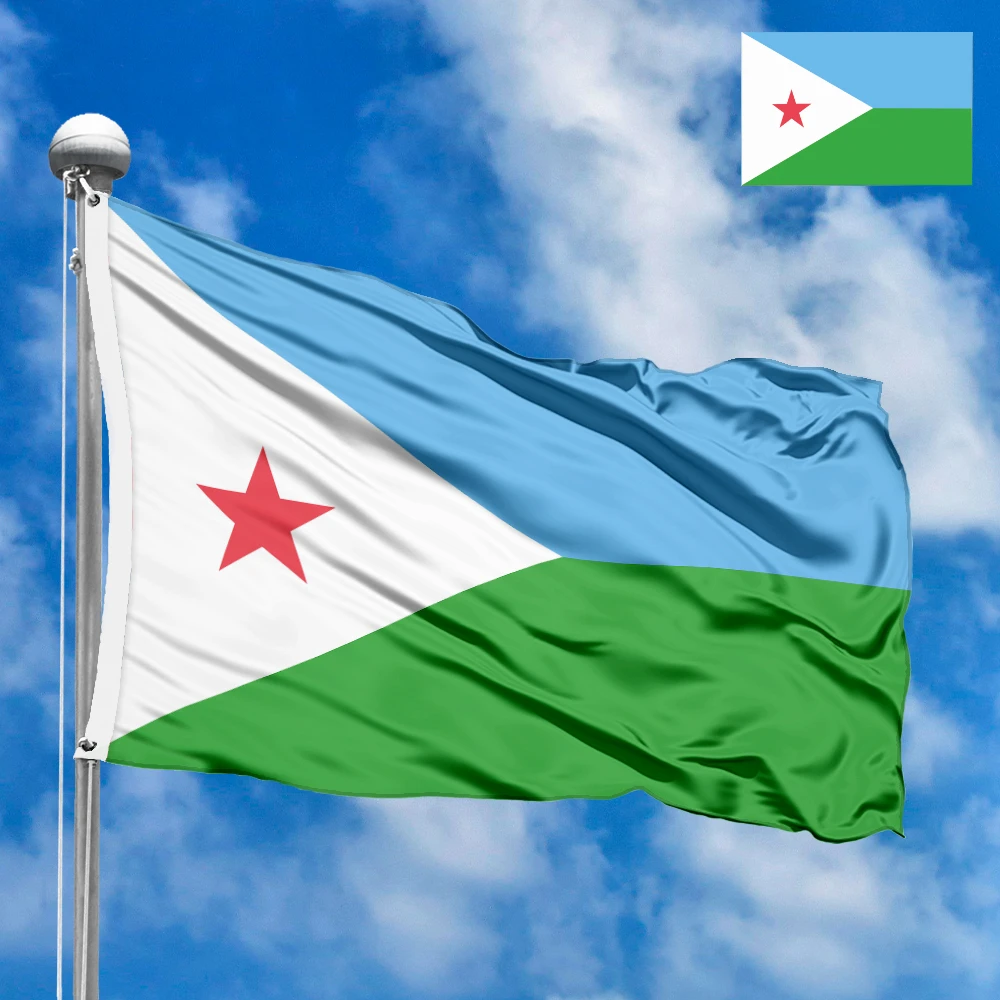
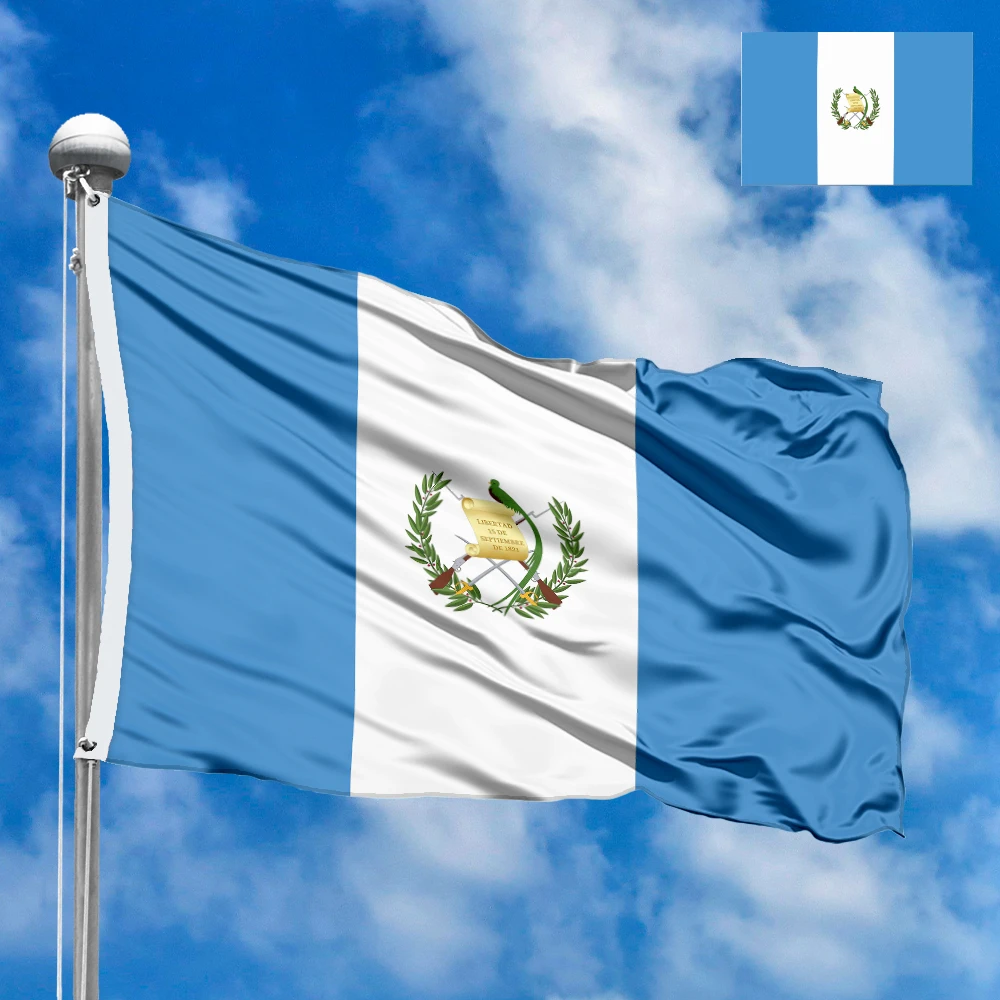




 Waving flag
Waving flag
 Sizes:
Sizes:
 Round flag
Round flag
 Sizes:
Sizes:
 Rectangular flag 2:3
Rectangular flag 2:3
 Sizes:
Sizes: